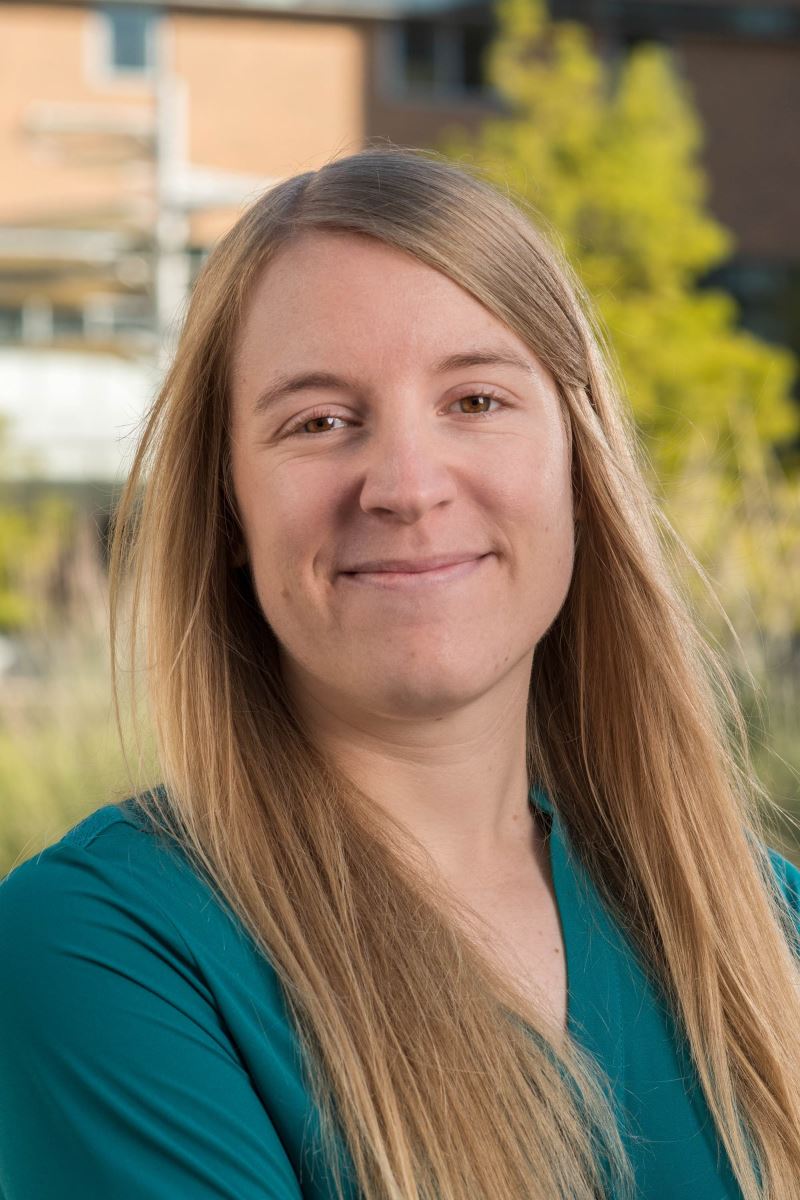
As Earth continues to warm, sea levels have risen at an accelerating rate – from 1.4 millimeters a year to 3.6 millimeters a year between 2000 and 2015. Flooding will inevitably worsen, particularly in low-lying coastal regions, where more than a billion people are estimated to live. Solutions are needed to protect homes, property and groundwater from flooding and the intrusion of saltwater.
Seawalls and similar infrastructure are obvious options to protect against flooding. In fact, cities such as New York and San Franciso have already thrashed out potential plans with the Army Corps of Engineers that will heavily rely on seawalls. But these plans come with a hefty price tag, estimated at tens of billions of dollars.
Further complicating planning, a new paper has found that seawalls and other shoreline barriers, which extend below the surface, might actually lead to more groundwater flooding, result in less protection against saltwater intrusion into groundwater, and end up with a lot of water to deal with inside of the area that seawalls were supposed to protect.
The paper, “Shoreline barriers may amplify coast groundwater hazards with sea-level rise,” was published in Scientific Reports, which is part of the Nature portfolio. The paper was written by Xin Su, a research assistant professor at the University of Memphis; Kevin Befus, an assistant professor at the U of A; and Michelle Hummel, an assistant professor at the University of Texas at Arlington. Su was previously a post-doctoral researcher working with Befus in the U of A’s Geosciences Department before assuming her current position. Their research was supported by the National Oceanic and Atmospheric Administration's Effects of Sea Level Rise Program.
The paper provides an overview of how sea-level rise causes salty groundwater to move inland and replace the fresh groundwater that was there, a process known as saltwater intrusion. At the same time, the fresh and salty groundwater both rise toward the ground surface because of the higher sea level. This can cause flooding from below, also known as groundwater emergence.
Walls can be built underground to reduce saltwater intrusion, but this can lead to groundwater getting stuck behind the walls, which act like an underground dam. This can cause even more groundwater to move up to the ground surface, which can in turn infiltrate sewer systems and water mains.
 |
| Michelle Hummel |
“These barriers can backfire if they don't take into account the potential for inland flooding caused by rising groundwater levels,” Su explained. “Excessive groundwater could potentially reduce sewer capacity, increase the risk of corrosion and contaminate the drinking water supply by weakening the pipes.”
The researchers noted that studies prior to this one did not include the groundwater flooding effects, which led those studies to anticipate more benefits from underground walls than this latest paper now suggests.
“The standard plan for protecting against flooding is to build seawalls,” Befus added. “Our simulations show that just building seawalls will lead to water seeping in under the wall from the ocean as well as filling up from the landward side. Ultimately, this means if we want to build seawalls, we need to be ready to pump a lot of water for as long as we want to keep that area dry – this is what the Dutch have had to do for centuries with first windmills and now large pumps.”
Su concluded: “We found that building these protection barriers without accounting for potential inland flooding risks from groundwater can eventually worsen the very issues they aim to solve.”
She added that “these risks highlight the need for careful planning when building barriers, especially in densely populated coastal communities. By addressing these potential issues, coastal communities can be better protected from rising sea levels.”
When building flood-related or underground walls, there appears to be no perfect solution that prevents saltwater intrusion or groundwater flooding. As such, the researchers recommend that any underground barriers have additional plans to deal with the extra water that would pond up inland of the barrier, such as using pumps or French drains, which utilize perforated pipes embedded in gravel or loose rock that direct water away from foundations.
City planners in New York, San Francisco and coastal cities globally would do well to take heed of this as they develop plans to combat rising sea levels.
About the Department of Geosciences: The Department of Geosciences traces its origin to 1873 when the first mineralogy course was offered at the University of Arkansas. Our faculty and students examine the processes that form and shape Earth's surface, the natural resources we use, how water and ecosystems are interconnected, variations in climate and paleoclimate, the use and development of geospatial methods, and the human geography of ethnicity, gender, class, social inequity, and religion. The department earned more than $7 million in research awards since FY 2020, and our students benefit from over $3 million in endowed scholarship funds contributed by generous alumni and friends of the department. To learn more about the Department of Geosciences please visit our website.
About the University of Arkansas: As Arkansas' flagship institution, the U of A provides an internationally competitive education in more than 200 academic programs. Founded in 1871, the U of A contributes more than $2.2 billion to Arkansas’ economy through the teaching of new knowledge and skills, entrepreneurship and job development, discovery through research and creative activity while also providing training for professional disciplines. The Carnegie Foundation classifies the U of A among the few U.S. colleges and universities with the highest level of research activity. U.S. News & World Report ranks the U of A among the top public universities in the nation. See how the U of A works to build a better world at Arkansas Research and Economic Development News.
Topics
Contacts
Kevin Befus, assistant professor of geosciences
Fulbright College of Arts and Sciences
479-575-7134, kmbefus@uark.edu
Hardin Young, assistant director of research communications
University Relations
479-575-6850,
hyoung@uark.edu